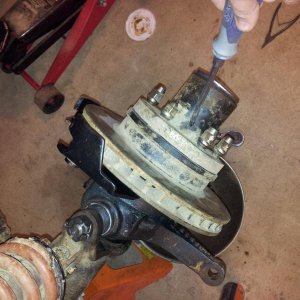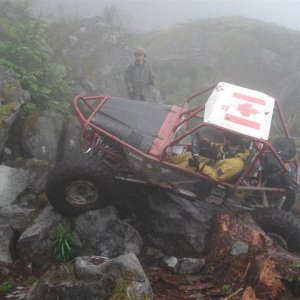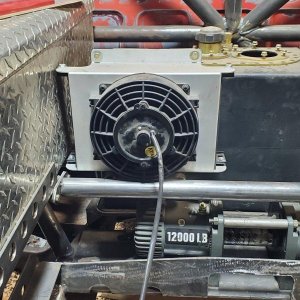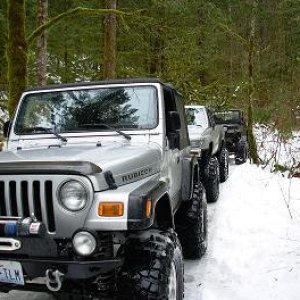3 foot increments is a myth, I don't care where you read it.
It is a myth that deals with the velocity factor of coax and trying to acheive a zero voltage point in the wavelength of 36' at 27.4 Mhz.
There are a lot of variables that come into play with that zero voltage point, so many that it would be virtually impossible to maintain it. These factors are the actual channel you are transmitting on, the type of coax used (RG 58 or RG 8x), the quality of the coax, etc. In most cases this zero voltage point will be achieved around 12' if using average quality RG58, but once again this will vary due to more of the above mentioned variables. This zero voltage point is such a moving target and so insignificant when compared to other components of the system that it should not be considered to be top of list of priorities, or even close to the top.
Use the amount of coax it takes to reach from your radio to your antenna base. Concentrate more on grounding, antenna location, and tuning your antenna length for SWR.
There is a level of loss when dealing with connectors in coax which is usually around .5 db per connection. In my opinion that is a fair trade off for not having to tear your roof apart to run new cable. I would splice it using two UHF connectors and use another piece of matching coax of RG58 or RG8x, whatever is there now. Make sure you have a quality antenna, good grounds, good ground plane for the antenna, and your antenna is adjusted for SWR.
In the end it is your stuff and your choice to believe what you want from the internet or books.
I am no expert in radio or CB systems, but I was a radio tech in the Army and a senior field technician for Motorola for 5 years if you are wondering where I came up with all of this ****.
 and it has an existing roof mounted antennea, that someone cut the cable end off under the dash. I want to use this antennea if possible but i would have to disassemble the entire interior to get to the inside of the roof mount as well as the route for a new cable.
and it has an existing roof mounted antennea, that someone cut the cable end off under the dash. I want to use this antennea if possible but i would have to disassemble the entire interior to get to the inside of the roof mount as well as the route for a new cable. uke:
uke:








